Introduction
In the culinary world, a dish can be transformed from ordinary to extraordinary simply by the quality of its ingredients. For Italian cuisine enthusiasts, few ingredients are as essential as high-quality cheese. Enter Calabro Cheese, a brand that has been dedicated to producing the finest Italian-style cheeses in the United States for over 60 years. Whether you’re indulging in a creamy pasta, savoring a freshly baked lasagna, or biting into a luscious cheesecake, Calabro Ricotta, mozzarella, and other specialty cheeses offer the depth of flavor and authenticity that elevates any recipe.
Founded by Joseph Calabro and his father, Salvatore Calabro, in the 1940s, Calabro Cheese started as a small mom and pop operation with a commitment to traditional Italian cheesemaking techniques. Over the years, it has grown into a trusted name in cheese production while staying true to its artisanal roots. The company’s pivotal expansion in the 2000s, when they acquired the Wells River Creamery in Vermont, allowed them to create a state-of-the-art production and distribution center in East Haven. With access to the pure waters of the River Vermont, Calabro was able to scale their business without compromising on the traditional quality and flavors that define their cheeses.
In this blog post, we’ll explore the history behind Calabro Cheese, provide a few classic recipes that showcase their cheese at its finest, and share tips on how to substitute ingredients to suit different dietary needs. From savory lasagnas to sweet cheesecakes, Calabro cheeses like ricotta and mozzarella add an unparalleled richness to any meal. Let’s dive in and explore how you can incorporate these cheeses into your kitchen creations.
For more inspiration on incorporating cheeses into your meals, check out our Lunch Recipe section for a variety of dishes that are both easy to make and full of flavor.

The Calabro Legacy: A Family-Run Success Story
The story of Calabro Cheese begins with Salvatore Calabro, an Italian immigrant with a passion for cheese. In the early 20th century, Salvatore moved to the United States and brought with him traditional cheesemaking techniques passed down through generations. Alongside his son, Joseph Calabro, he started a small cheese production business. Their goal was to provide authentic Italian cheese to their local community, producing high-quality ricotta, mozzarella, and other specialty cheeses using time-honored methods.
A Milestone: Acquiring the Wells River Creamery
As the demand for Calabro’s cheeses grew, the company needed to expand. In the early 2000s, Calabro Cheese acquired the Wells River Creamery, which allowed them to significantly increase production. This acquisition also granted them access to the pristine waters of the River Vermont, a critical ingredient in producing the finest cheeses. The expansion enabled Calabro Cheese to establish a state-of-the-art production and distribution center in East Haven, ensuring they could meet the increasing demand for their products across the United States while maintaining their artisanal approach.
Commitment to Craftsmanship
Despite their growth, Calabro Cheese has always remained true to its mom and pop roots. Joseph Calabro and his family have continued to oversee the company’s operations, ensuring that every batch of cheese meets their high standards for flavor, texture, and quality. Whether you’re purchasing Calabro Ricotta, mozzarella, or mascarpone, you can trust that you’re getting a product made with care, using fresh milk and traditional techniques.
Today, Calabro Cheese is a staple in kitchens and restaurants across the United States, offering a range of cheeses that cater to both everyday meals and gourmet recipes. Their dedication to quality has made them a favorite among chefs, home cooks, and cheese lovers alike.
Key Ingredients and Substitutes in Calabro Recipes
When cooking with Calabro Cheese, the richness and authenticity of the cheese can truly transform a dish. From pasta to pizza, these cheeses play a central role in many Italian recipes. Below, we’ll explore the key ingredients used in Calabro recipes and offer suggestions for substitutions to suit different dietary needs or preferences.
1. Calabro Ricotta
Calabro Ricotta is one of the most beloved cheeses in the Calabro line. Its creamy texture and mild, slightly sweet flavor make it incredibly versatile, working equally well in savory dishes like lasagna and sweet desserts like ricotta cheesecake. Unlike many store-bought ricottas, Calabro Ricotta is made using fresh milk, resulting in a cheese that’s smoother and creamier than its mass-produced counterparts.
Substitute: If you can’t find Calabro Ricotta, look for another high-quality ricotta made from fresh, whole milk. If you’re following a dairy-free diet, you can substitute ricotta with a vegan version made from almonds or cashews. While the texture won’t be quite as creamy, it will still provide the body needed for most recipes.
2. Olive Oil
No Italian recipe is complete without a good-quality olive oil. This essential ingredient is used to sauté vegetables, roast meats, and drizzle over salads or finished dishes. Its rich, fruity flavor complements the creamy texture of Calabro Ricotta and mozzarella.
Substitute: If you’re out of olive oil, you can use avocado oil, which has a high smoke point and a mild flavor that won’t overpower the dish. For lighter dishes, grapeseed oil works well as an alternative to olive oil.
3. Fresh Mozzarella
Calabro Fresh Mozzarella is another key ingredient in Italian cooking. Whether melted on top of a pizza or layered into a Caprese salad, its soft, stretchy texture and delicate flavor make it a favorite among cheese lovers.
Substitute: If fresh mozzarella isn’t available, you can use burrata, a similar cheese with a soft, creamy center. Alternatively, you can use fior di latte mozzarella, which is slightly firmer but still provides the fresh, milky flavor characteristic of fresh mozzarella.
4. Mascarpone
Calabro Mascarpone is a rich, buttery cheese that’s often used in desserts like tiramisu, but it can also add creaminess to savory dishes. Its high-fat content gives it a luxurious texture that enhances sauces, dips, and desserts.
Substitute: If mascarpone isn’t available, you can substitute it with cream cheese for a similar consistency, although the flavor will be slightly tangier. For a richer texture, you can mix equal parts cream cheese and heavy cream.
For more recipes that feature fresh cheeses like mozzarella and ricotta, be sure to check out our Breakfast Recipe section for ideas on how to start your day with a delicious, cheese-filled meal.
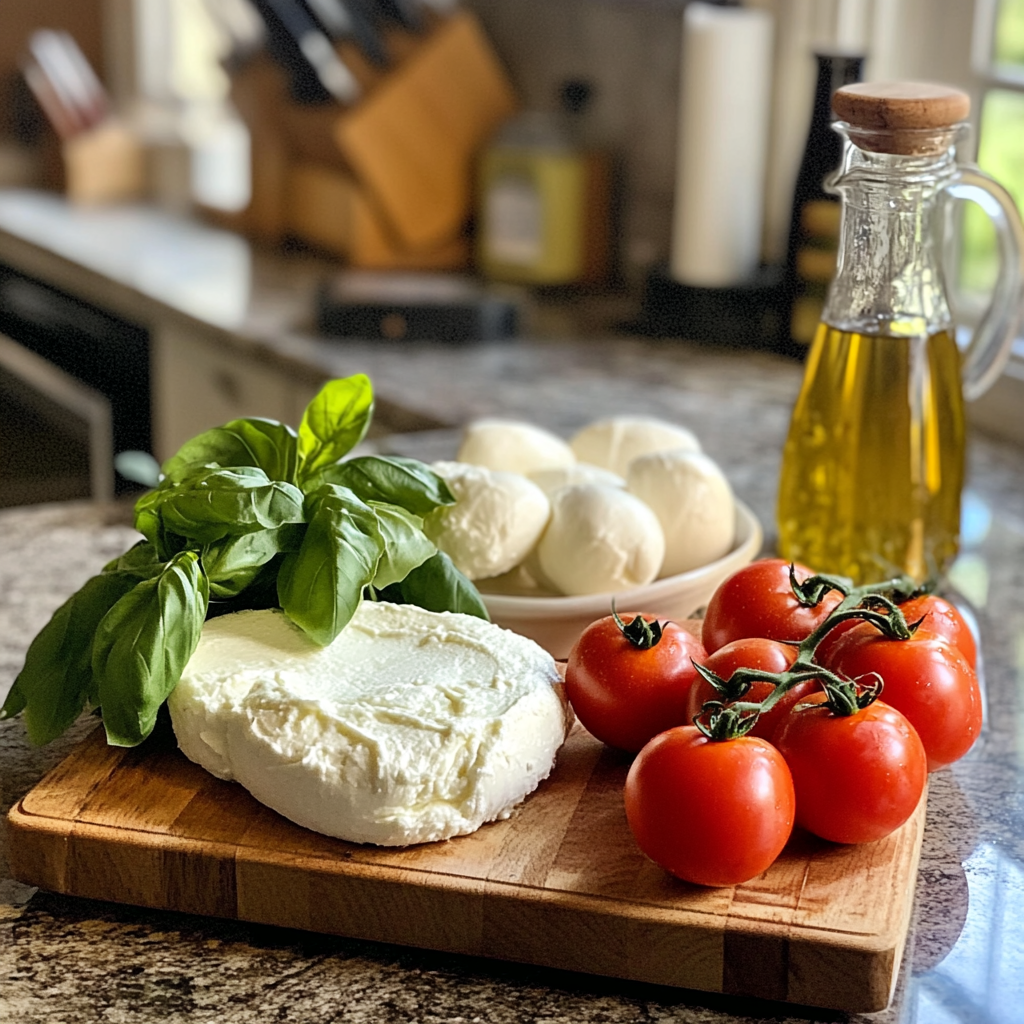
Step-by-Step Instructions for a Signature Calabro Recipe
Now that we’ve covered the essential ingredients, it’s time to explore one of the most beloved Italian dishes: Calabro Ricotta Lasagna. This recipe is a classic and brings together layers of creamy ricotta, mozzarella, pasta, and marinara sauce for a dish that’s perfect for family dinners or special occasions.
Recipe: Calabro Ricotta Lasagna
Ingredients:
- 2 cups Calabro Ricotta
- 2 cups Calabro Fresh Mozzarella, shredded
- 1 cup Parmesan cheese, grated
- 1 lb ground beef or Italian sausage (optional)
- 1 jar marinara sauce
- 9 lasagna noodles, cooked and drained
- 1 egg, beaten
- 2 tablespoons olive oil
- 2 cloves garlic, minced
- Fresh basil and parsley for garnish
- Salt and pepper to taste
Instructions:
Step 1: Prepare the Cheese Mixture
In a large mixing bowl, combine the Calabro ricotta, 1 cup of shredded Calabro mozzarella, Parmesan cheese, the beaten egg, and a pinch of salt and pepper. Stir until smooth and set aside.
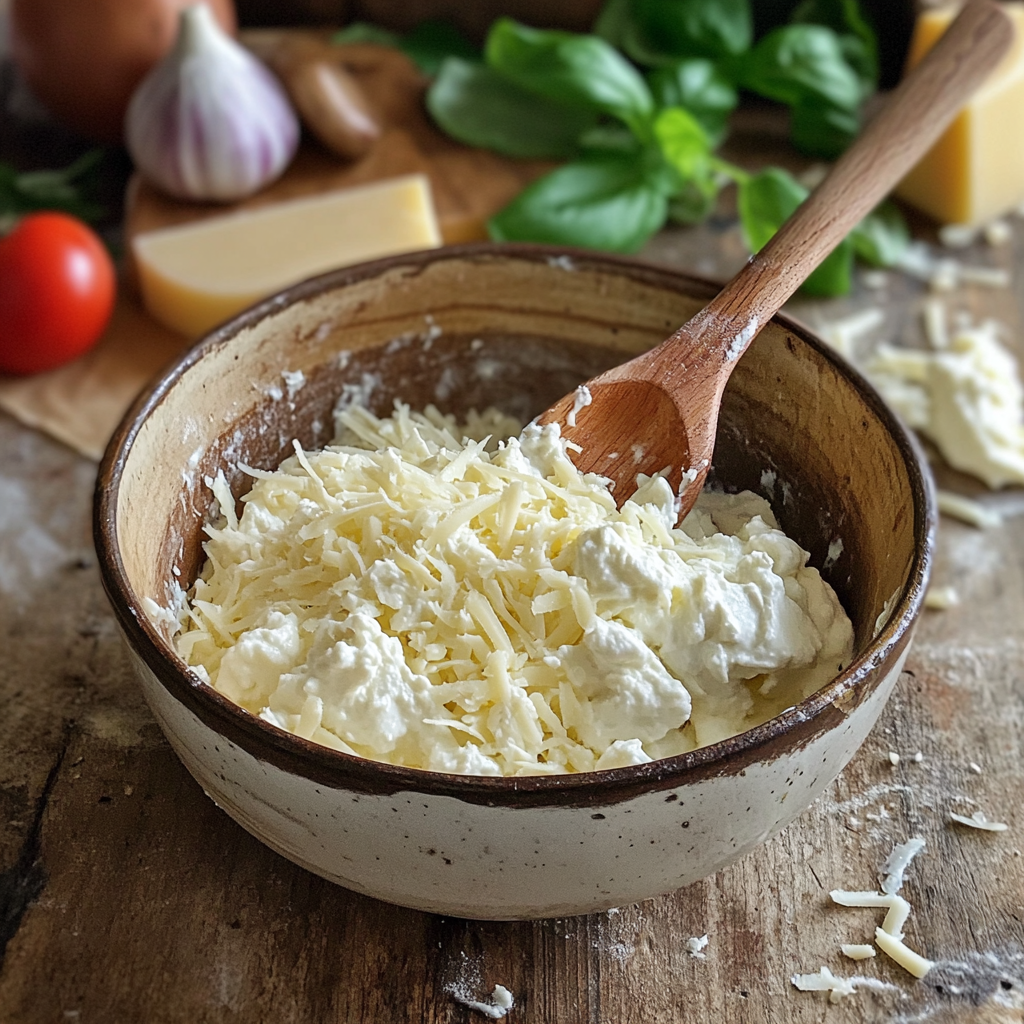
Step 2: Cook the Meat and Sauce
In a skillet, heat 2 tablespoons of olive oil over medium heat. Add the minced garlic and cook until fragrant. If using ground beef or sausage, add it to the skillet and cook until browned. Once the meat is fully cooked, stir in the marinara sauce and reduce the heat to low, allowing the flavors to meld.
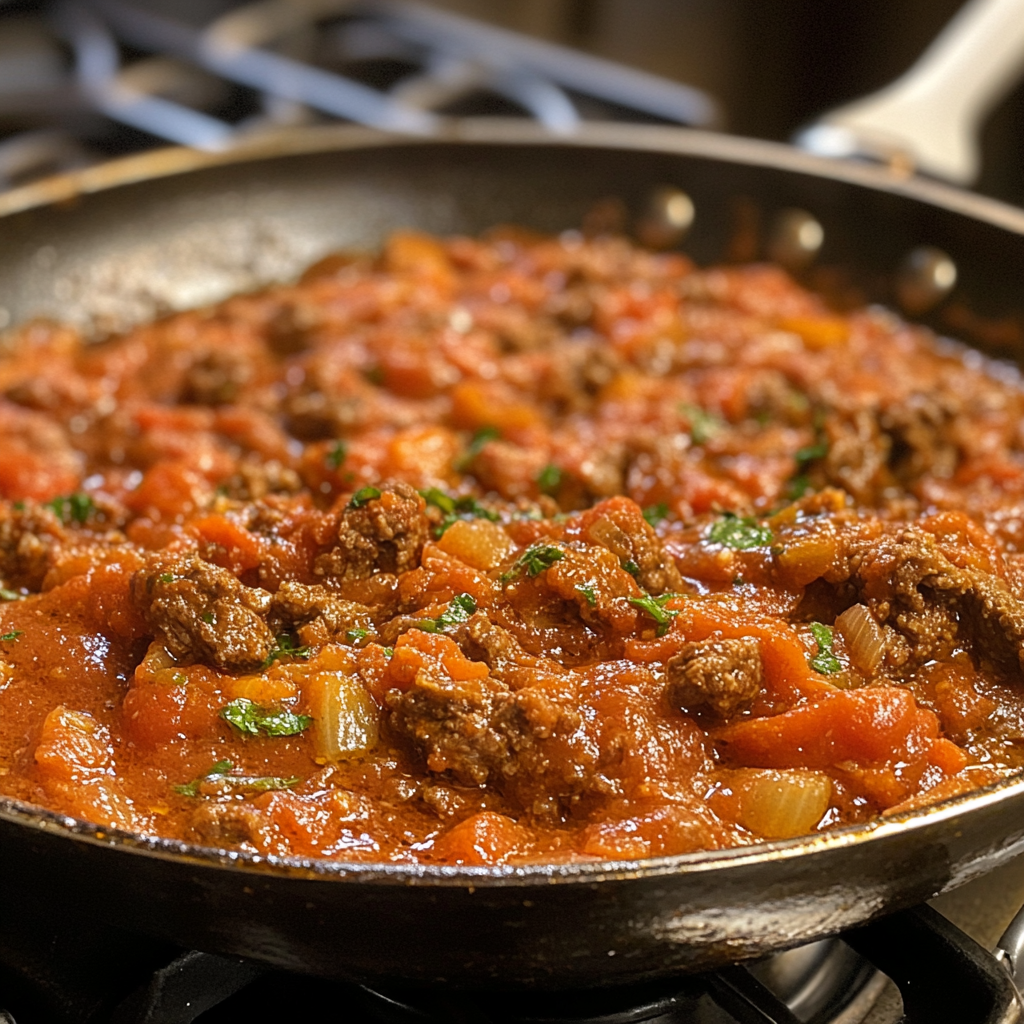
Step 3: Assemble the Lasagna
Preheat the oven to 375°F (190°C). In a 9×13-inch baking dish, spread a thin layer of the meat sauce at the bottom. Place 3 lasagna noodles on top, then add a layer of the ricotta mixture. Repeat the layering process, ending with a final layer of noodles topped with the remaining mozzarella cheese.
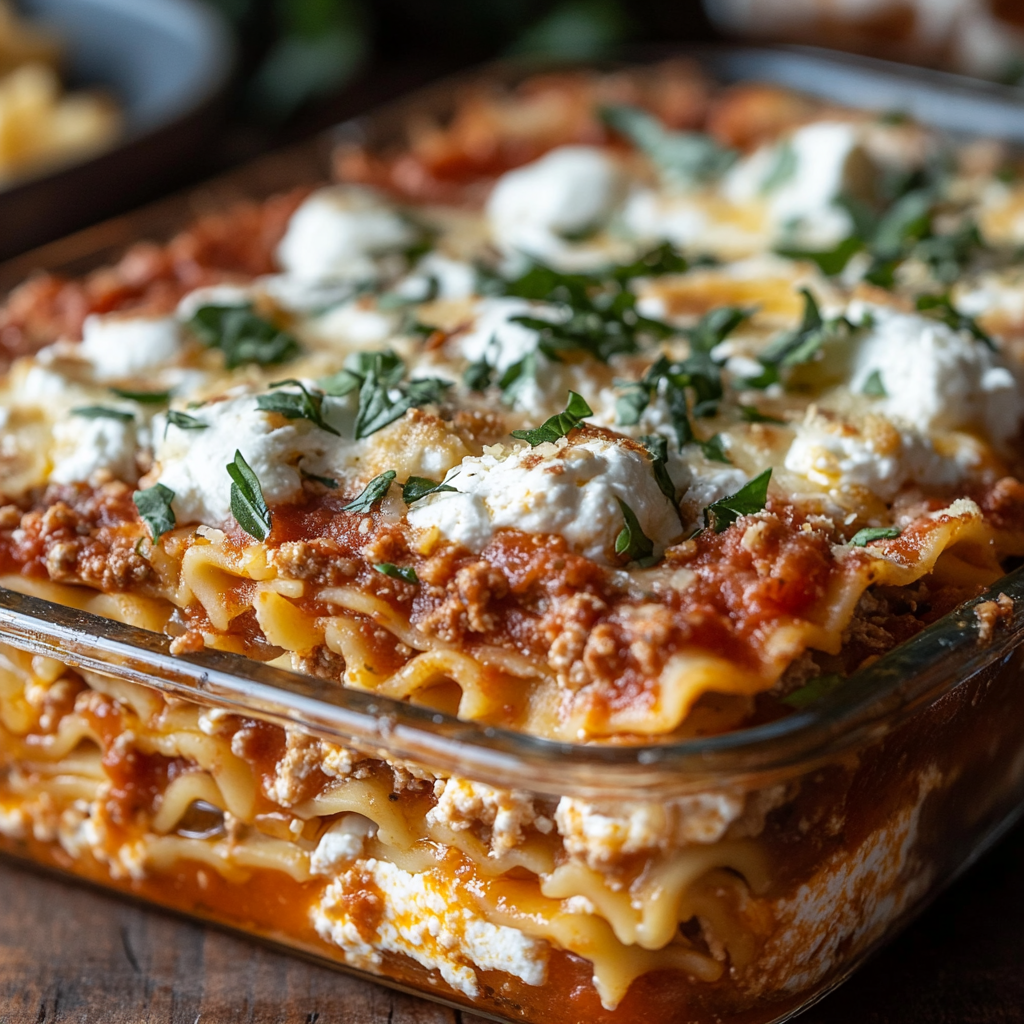
Step 4: Bake the Lasagna
Cover the lasagna with foil and bake for 25 minutes. After 25 minutes, remove the foil and bake for an additional 15 minutes, or until the cheese is bubbly and golden brown on top. Let the lasagna rest for 10 minutes before slicing and serving.
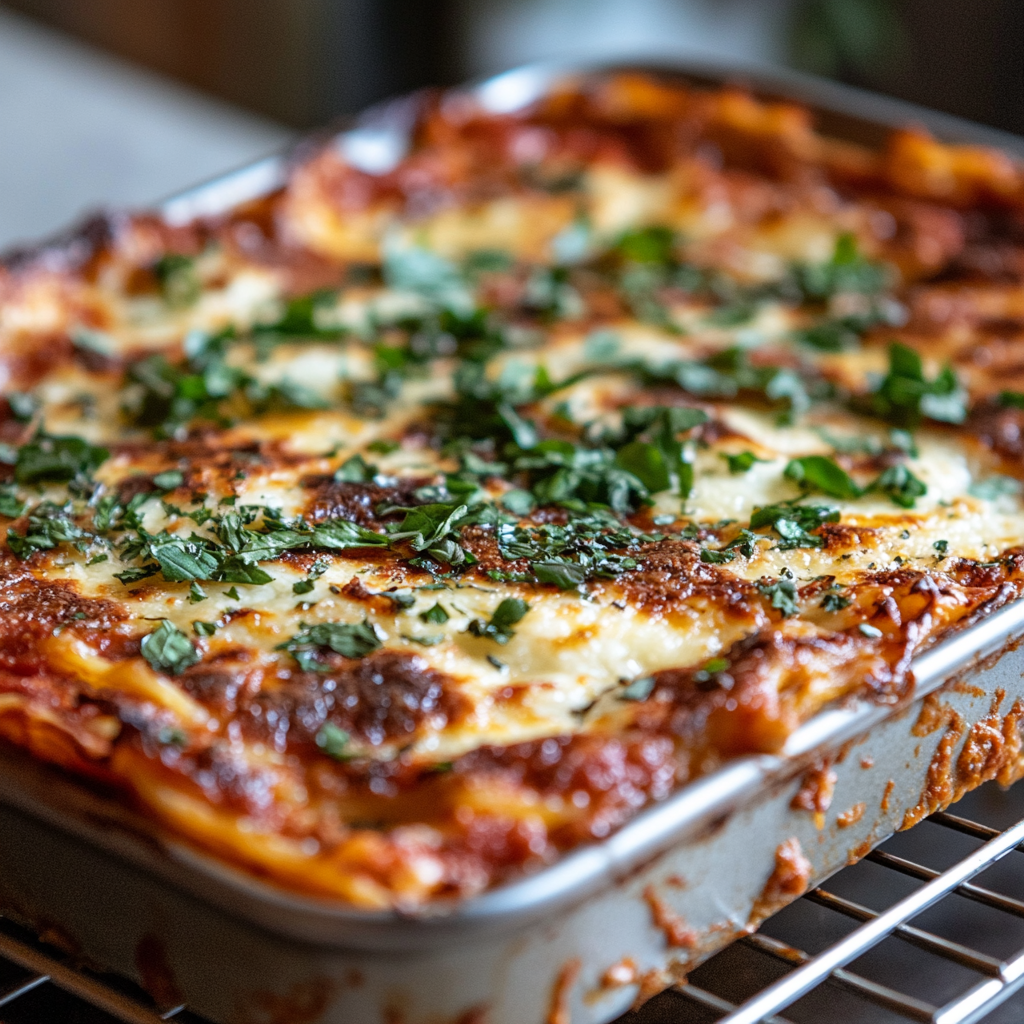
Flavor Variations and Additions
One of the best things about lasagna is its versatility. While the Calabro Ricotta Lasagna is a classic, there are many ways to customize the recipe to suit your tastes or dietary needs. Here are a few ideas:
1. Vegetarian Lasagna
For a lighter, vegetarian-friendly version, replace the ground beef or sausage with roasted vegetables such as zucchini, eggplant, and bell peppers. These vegetables pair beautifully with the creamy Calabro ricotta and add a burst of color and flavor to the dish.
2. Gluten-Free Lasagna
If you’re avoiding gluten, you can easily swap the traditional lasagna noodles for gluten-free pasta sheets or thinly sliced zucchini or eggplant. These substitutions provide the same structural integrity as pasta but keep the dish light and gluten-free.
3. Cheese Lover’s Lasagna
For those who can’t get enough cheese, add a layer of Calabro mascarpone between the noodles for extra creaminess. You can also top the lasagna with an additional cup of shredded mozzarella for an ultra-cheesy finish.
For more creative and health-conscious variations of classic recipes, visit our Brunch Recipe section, where you’ll find gluten-free, vegetarian, and low-carb versions of your favorite dishes.
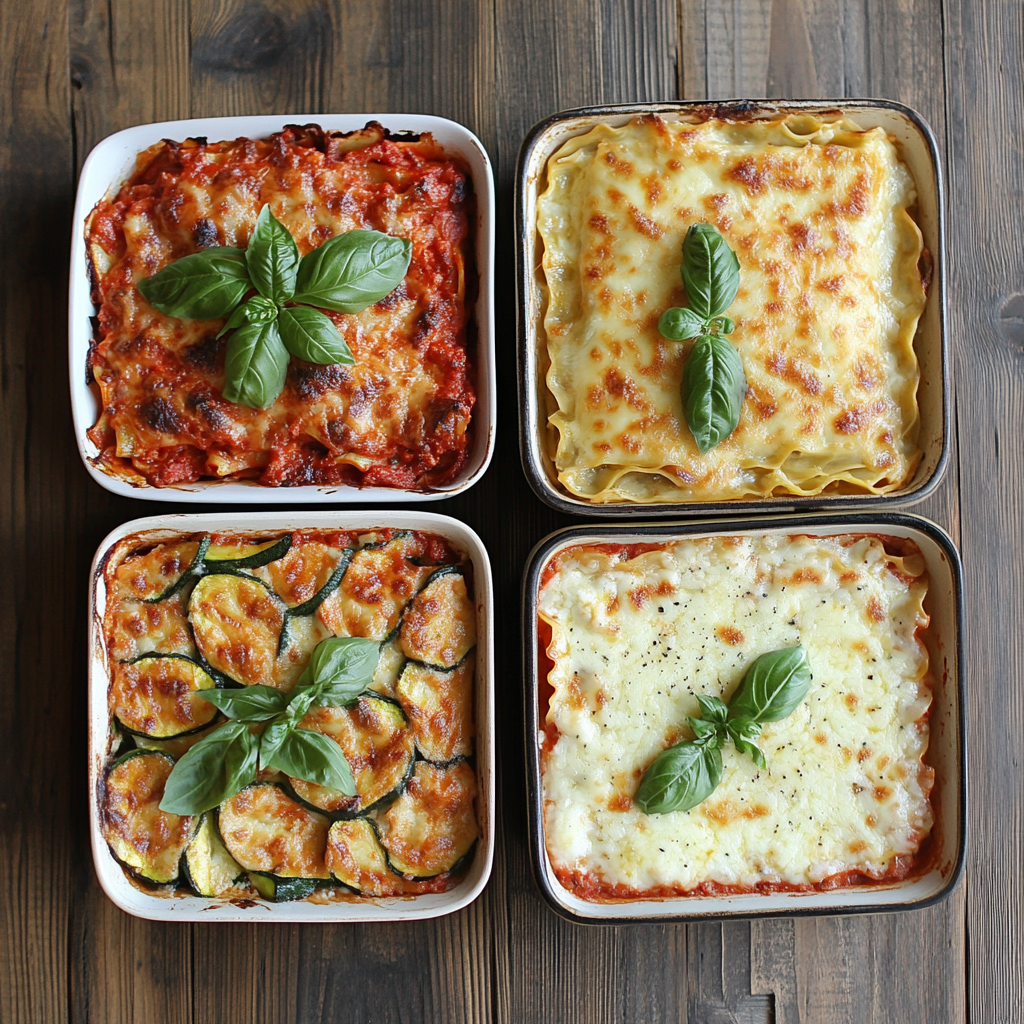
Health Benefits of Calabro Cheese
While cheese often gets a bad rap for being indulgent, many types of cheese—especially those from Calabro—offer nutritional benefits. From protein to calcium, these cheeses contribute essential nutrients to a balanced diet. Here are some of the health benefits you can enjoy from incorporating Calabro cheese into your meals:
1. High in Protein
Cheeses like ricotta and mozzarella are excellent sources of protein, which helps build and repair muscle tissue. Including cheese in your diet can help you meet your daily protein needs, especially when paired with vegetables, grains, or meats.
2. Calcium for Bone Health
Cheese is also a great source of calcium, which is essential for maintaining strong bones and teeth. Regular consumption of calcium-rich foods like cheese can help prevent osteoporosis and support overall bone health.
3. Good Fats
While cheese is high in fat, the fats in Calabro cheeses—particularly ricotta and mascarpone—include monounsaturated fats, which are good for heart health. When consumed in moderation, these fats can help maintain healthy cholesterol levels.
External Link:
For more information on the health benefits of cheese, check out this comprehensive guide to the nutritional value of cheese from a leading health and wellness blog.
Frequently Asked Questions (FAQs)
1. Can I make this dish ahead of time?
Yes! You can assemble the lasagna a day in advance and store it in the refrigerator until you’re ready to bake. Just make sure to cover it tightly with foil to prevent it from drying out.
2. How should I store leftovers?
Leftover lasagna can be stored in an airtight container in the refrigerator for up to three days. To reheat, you can either microwave individual slices or warm the entire dish in the oven.
3. Can I freeze Calabro Ricotta Lasagna?
Yes, lasagna freezes well. To freeze, wrap the lasagna tightly in plastic wrap and foil, then store it in the freezer for up to three months. When you’re ready to eat, thaw the lasagna overnight in the refrigerator before baking.
Internal Link:
For more meal prep tips and storage advice, explore our Dinner Recipe section for easy make-ahead meals that are perfect for busy weeknights.
Conclusion
Cooking with Calabro cheese is more than just adding cheese to a dish—it’s about bringing a piece of authentic Italian tradition to your kitchen. Whether you’re using Calabro ricotta in a savory lasagna or indulging in a mascarpone-filled dessert, these cheeses provide the depth of flavor and creaminess that take your recipes to the next level.
We hope you’ve enjoyed this deep dive into the world of Calabro recipes and that you feel inspired to experiment with these cheeses in your own cooking. Be sure to explore more of our cheesy creations in the Pasta Recipe section, where you’ll find plenty of ideas that feature Calabro Cheese and other gourmet ingredients.
External Link:
For more cheese-filled recipes and expert cooking tips, check out this top food blog’s collection of Italian cheese recipes to expand your culinary horizons.
